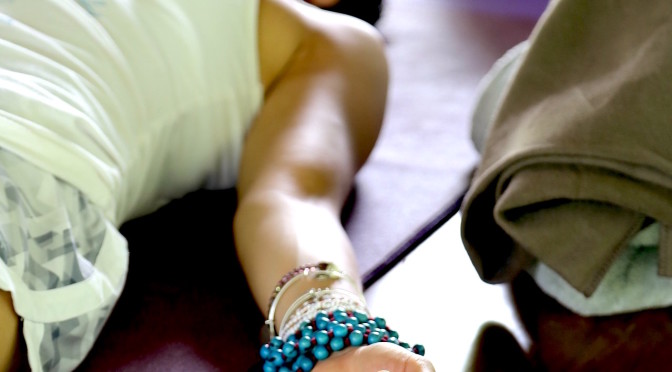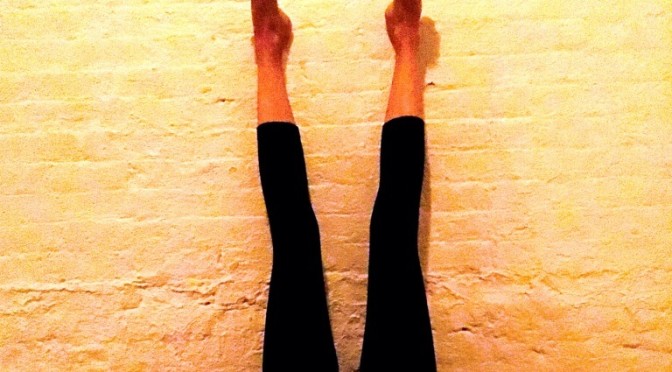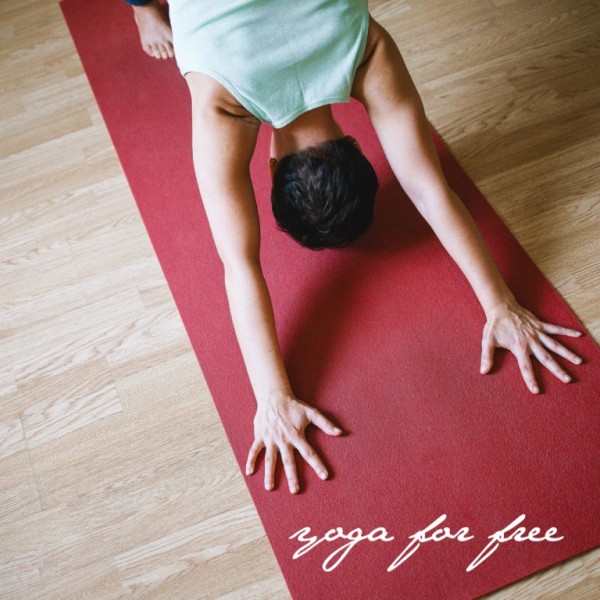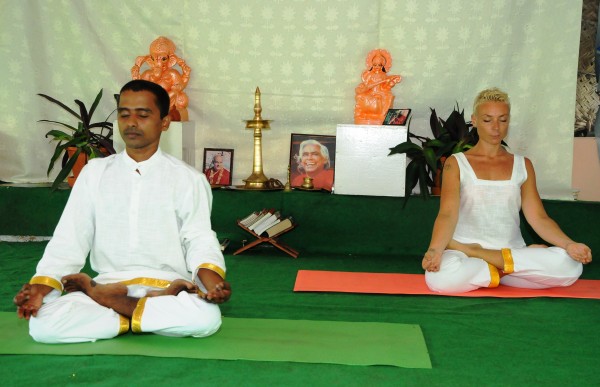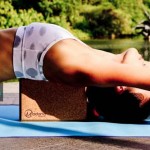If you feel anxious and unsettled, it may be that your mind is someplace else and completely disconnected from the body. Our lives demand our thinking minds to be turned on all the time, processing information, making decisions, scheduling ahead, reading and typing on computers, navigating subways. Our minds are everywhere but here in the presence of our bodies.
Our minds are everywhere but here in the presence of our bodies.
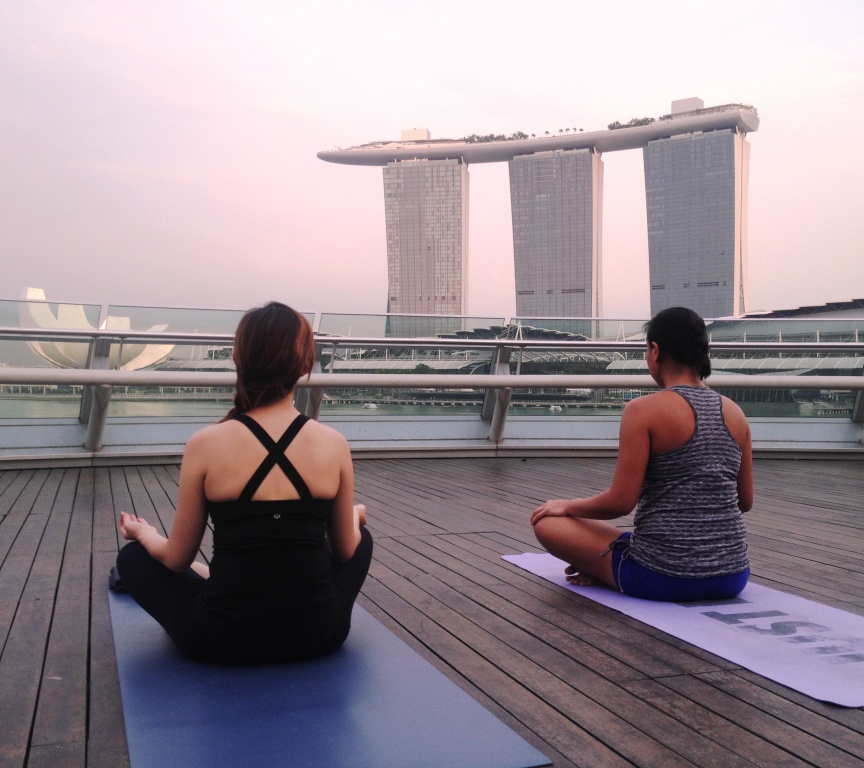
If you have a lot of nervous energy, you probably have tried sitting meditation, focusing on the breath, and find it difficult to keep up with the exercise. As multi-taskers by default, leaping into concentration meditation on the breath is highly challenging!
FREE Body Sensing Course
Starts today!
3 Deepening Mindfulness Practices
1st: Deep Body Presence
2nd: Whole Body Sensing
3rd: Moving Body Sensing
Most of my students seek me out to find means to de-stress through yoga, and to be more at ease in mind and body. My advice is often not only limited to stretching and meditation. We need other ways to get out of our heads. Helen Sanders has a great article on Health Ambition on 15 easy ways to relax under 5 minutes. Pick any of these that fit you best, and implement it daily, for a week.
For those who want to explore the wonderful benefits of meditation, I advise them to start with the body. One wonderful technique is body sensing, where you turn your mind to the sensations and messages from your body - throbbing, pulsing, dullness, tightness, tension, space, lightness, hollowness, fullness, and so on - without any judgments, making it into a deeply calming exercise.
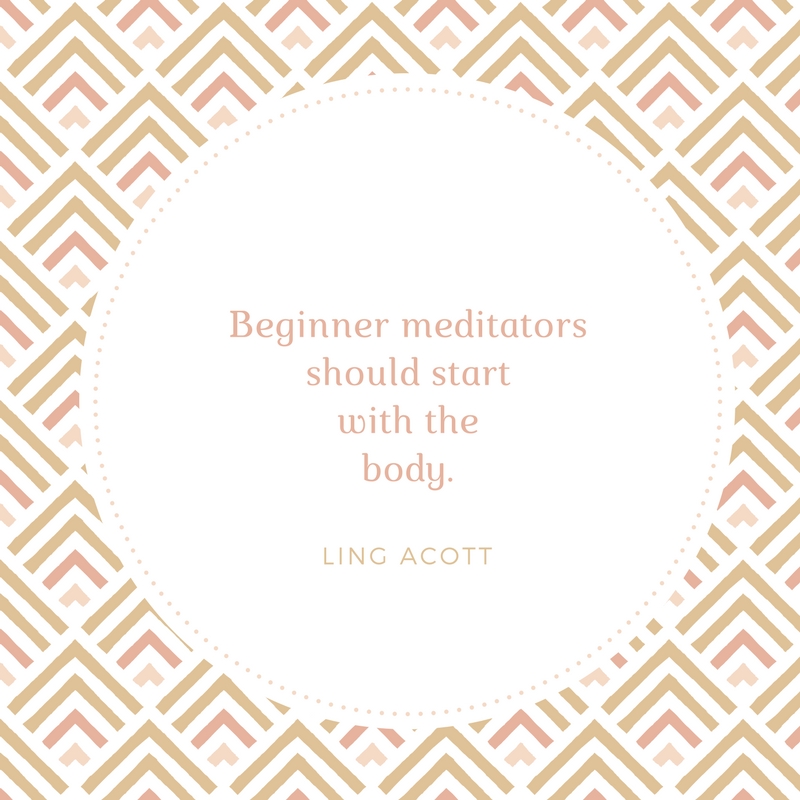
Body sensing is a mindful technique which involves scanning the whole body and being attuned to whatever that may arise. You give yourself permission to note anything and everything that may come up for you, resting your awareness on the most palpable sensations, but also tuning into other subtler sensations.
4 KEY BENEFITS TO PRACTICING BODY SENSING
- Become more attentive to subtle changes in the body and mental states, which may otherwise go unnoticed. Small discomforts may be noted and addressed with proper changes in habits, which can impact on overall health and wellbeing in the long run.
- Experience a peaceful wholeness as you find your mind-body connection again and feel more embodied.
- Start to welcome every sensation with calmness, cultivating your relaxation response over stress response.
- Switch from cognitive processes to sensory processes, creating and strengthening richer neural pathways in the brain.
Give it a go?
Join my popular Body Sensing 3-Day course with me, as my guest. Being able to rest in our bodies is key to naturally soothing our nervous system. This is one of the most important primal skills that we can all train to regain. What you'd need is 30 minutes a day, for 3 days. If you are willing and ready to train with me, see you there!
